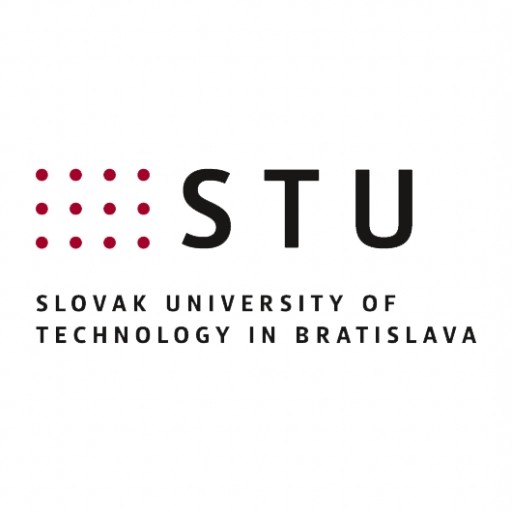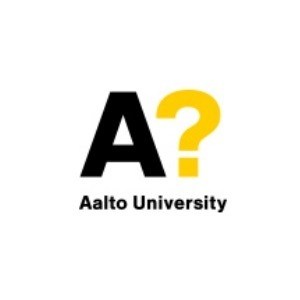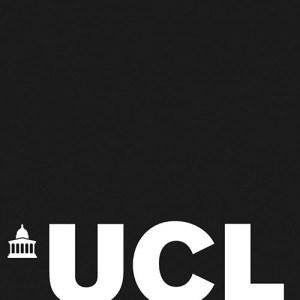The Structures in Architecture program at the Slovak University of Technology in Bratislava offers students a comprehensive education in the fundamental principles and advanced techniques of structural design within the field of architecture. This rigorous undergraduate (or master's, depending on the specific program level) course aims to develop proficient professionals capable of integrating architectural creativity with structural integrity, ensuring the safety, functionality, and aesthetic appeal of built environments. Throughout the program, students explore the properties and behavior of various construction materials such as concrete, steel, wood, and innovative composites, gaining practical knowledge essential for designing durable and sustainable structures. The curriculum emphasizes the importance of structural analysis, load assessments, and the application of modern computational tools to create resilient architectural solutions. Students also learn to evaluate the environmental impact of construction methods and incorporate sustainable practices into their design processes. The program fosters a multidisciplinary approach, combining theoretical lectures, laboratory experiments, and hands-on projects that prepare graduates to work seamlessly with engineers, urban planners, and other industry professionals. Graduates of the Structures in Architecture program are equipped to undertake complex structural design tasks, contribute to innovative architectural projects, and participate actively in the development of modern infrastructure. The program is delivered by experienced faculty members committed to academic excellence and research, providing students with a stimulating environment to pursue their academic and professional goals. Upon completion, graduates will be prepared for careers in architectural firms, design consultancy agencies, construction companies, or may choose to further their education through doctoral studies. The program also prepares students for active participation in shaping the sustainable and resilient built environment of the future.
The Structures in Architecture programme at the Slovak University of Technology in Bratislava is designed to provide students with a comprehensive understanding of the fundamental principles and advanced techniques involved in the structural design and analysis of architectural projects. This multidisciplinary programme combines theoretical knowledge with practical skills, enabling students to create innovative, safe, and sustainable structural solutions that meet the diverse needs of modern architecture.
Throughout the course, students are introduced to the core concepts of structural mechanics, materials science, and load-bearing systems. They learn how to analyze various structural elements such as beams, columns, slabs, and foundations, as well as how to select appropriate materials for specific architectural applications. The curriculum emphasizes the importance of integrating structural considerations into the architectural design process, fostering an understanding of how form and function are influenced by structural requirements.
The programme covers a wide range of topics, including structural analysis methods, construction technology, building physics, and sustainable design practices. Students gain practical experience through laboratory work, computer-aided design (CAD), and structural simulation software. They are also encouraged to participate in real-world projects, internships, and collaborations with industry professionals, which enhances their readiness for the dynamic field of structural architecture.
A critical component of the programme is the focus on innovation and research, preparing students to contribute to advancements in architectural structures. They explore cutting-edge topics such as seismic design, lightweight structures, and eco-efficient building solutions. The curriculum is designed to develop critical thinking, problem-solving skills, and creativity, empowering students to address complex structural challenges creatively and responsibly.
Graduates of the Structures in Architecture programme are well-equipped to pursue careers in architectural firms, engineering consultancies, construction companies, and academic institutions. They are prepared to take on roles such as structural designers, project managers, and consultants, contributing to the development of safe, functional, and aesthetically compelling architectural projects. The programme promotes lifelong learning and professional development, supporting students in becoming leaders in the field of structural architecture.
Program requirements for Structures in Architecture at the Slovak University of Technology in Bratislava typically include a combination of prior academic qualifications, specific subject prerequisites, language proficiency, and other criteria. Applicants are generally expected to have completed a secondary education with a strong focus on technical or scientific subjects, demonstrating a solid foundation in mathematics, physics, and engineering principles. A certified copy of secondary school diploma or equivalent qualification is usually required, accompanied by the transcript of grades to verify academic performance.
For international students, proof of proficiency in English or Slovak language might be necessary, evidenced through recognized language tests such as TOEFL, IELTS, or standardized Slovak language certificates, depending on the medium of instruction. The entrance examination or interview process may involve assessments of technical knowledge, problem-solving abilities, and motivation for studying architecture with a focus on structural design.
Additionally, applicants may need to submit a motivation letter, curriculum vitae, or portfolio demonstrating relevant skills, prior projects, or work experience related to architecture and construction. While specific age limitations are generally not enforced, applicants should meet the general admission criteria outlined by the university's admissions office.
Candidates are encouraged to review the detailed admission procedures on the university's official website, including application deadlines, required documents, and any additional tests or interviews. Applicants should also verify whether they meet the criteria for mobility or exchange programs, if applicable. The program may also have specific criteria regarding health requirements or security screenings for certain laboratory or practical work components.
Overall, prospective students are advised to consult the official Slovak University of Technology in Bratislava admissions pages to ensure compliance with all current program-specific prerequisites and to prepare all required documentation accordingly.
The financing of the Structures in Architecture Master’s program at the Slovak University of Technology in Bratislava is structured to provide accessible higher education opportunities for both domestic and international students. The program typically offers various forms of financial support, including state-funded places, scholarship programs, and tuition fee options.
Students who qualify for state-funded (free) education generally need to demonstrate academic excellence and meet specific eligibility criteria, which may include previous academic performance and residency status. Such students do not pay tuition fees, but they are responsible for their living expenses and study materials. To apply for state-funded positions, applicants usually need to submit a motivated application and may need to pass admission exams or meet other academic requirements.
For students who are not eligible for state funding, the program offers paid tuition options. The tuition fees are set annually by the university and are published on the official university website. These fees are competitive within the Slovak higher education landscape and are designed to be affordable for students from different countries, while also enabling the university to maintain high-quality educational standards.
In addition to tuition fees, students can explore various scholarship opportunities provided both by the university and external organizations. These scholarships are aimed at supporting talented students, students from disadvantaged backgrounds, or those undertaking specific research projects in the field of architecture and structural engineering. Scholarship applications are generally evaluated based on academic merit, financial need, and research potential.
The university may also collaborate with industry partners, government agencies, and international organizations to fund research projects and innovation initiatives, some of which include stipends or grants for students involved in such activities. Furthermore, students can access student loan programs available through Slovak or European financial institutions, which facilitate the financing of studies on favorable terms.
Internships and work placement programs organized through the university or its partners can also provide additional financial benefits, allowing students to gain practical experience while earning income. The university's career center provides guidance on employment opportunities during studies.
Finally, students are encouraged to seek external funding options, including Erasmus+ mobility programs, which support student exchanges within Europe and often include grants that help cover travel and living expenses. Overall, the financing system of the Structures in Architecture program at the Slovak University of Technology in Bratislava aims to support a diverse student body and promote accessible, high-quality education in the field of structural architecture.
The Structures in Architecture program at the Slovak University of Technology in Bratislava is designed to provide students with a comprehensive understanding of the structural aspects of architectural design and construction. The program emphasizes the integration of engineering principles with architectural creativity, preparing graduates to address complex structural challenges in modern building projects. Throughout the course of study, students explore a wide range of topics, including the analysis and design of various structural systems such as beams, columns, foundations, and load-bearing frameworks. The curriculum combines theoretical knowledge with practical skills, utilizing advanced software and modeling techniques to simulate and optimize structural elements. Additionally, the program covers sustainable and innovative construction methods, encouraging students to develop environmentally conscious and resilient structures.
Students also gain insights into material properties, construction technologies, and safety standards pertinent to structural engineering. The program fosters interdisciplinary collaboration, often involving projects that require coordination with other architectural and engineering disciplines. Practical training is an integral part of the education, with students participating in laboratories, workshops, and internships that allow them to apply theoretical concepts in real-world scenarios. The faculty comprises experienced researchers and practitioners dedicated to advancing knowledge in structural architecture and engineering. Graduates of the program are well-equipped for careers in architectural design firms, engineering consultancies, construction companies, or for further academic research. The program aims to produce professionals capable of innovating within the field of structural architecture, ensuring both aesthetic appeal and structural integrity in their projects.





